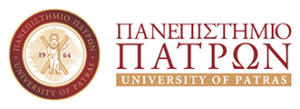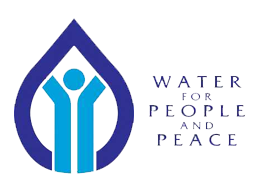Modern life is unthinkable without plastic, but there’s a catch. Some of the properties that make it so useful, like its low cost, light weight and durability, also make it hard to dispose of.
In the EU, instead of recycling all our plastic waste, we send a third of it straight to landfill. That’s a waste of resources, and a waste of energy.
To make things worse, millions of tonnes of this waste end up in the oceans. Birds, turtles and sealife get tangled in plastic bags and abandoned fishing equipment, or they die from eating plastic debris. Over time, larger pieces of plastic break down into tiny particles called microplastic, which can form a sort of plastic soup. These particles can soak up chemical additives and endocrine disruptors, and when they are eaten and enter the food chain, they can end up on our plates.
It’s a large-scale problem, and it needs a global response. Part of the answer can be found in the Sustainable Development Goals adopted by the UN, which include a target to prevent and significantly reduce marine pollution of all kinds, including marine litter.
But the EU is also acting on the problem, and the Circular Economy Action Package adopted in December 2015 makes plastics a priority.
Plastic waste already needed to be collected separately, but the Package proposes raising the recycling target for plastic packaging to 55%, and reducing landfilling to no more than 10% by 2030.
A new dedicated plastics strategy is also being prepared, to help Europe improve recycling, cut marine litter, and remove potentially dangerous chemicals. The Commission published the roadmap of the Communication on Plastics in a Circular Economy (including action on marine litter) on January 2017.
It’s the first comprehensive policy response to the plastic challenge, tackling design, manufacturing, use and disposal – a truly strategic approach.
Studies:
Conference on Plastic Waste - 30 September 2013
“The role of plastic waste in a circular economy”
The Commission’s Green Paper on plastic waste in the environment, published on 7 March 2013, has attracted great interest with over 270 replies from public authorities, NGOs, industry and other stakeholders.
Plastic waste has started to attract increased public attention, notably due to a growing number of reports about marine litter. An estimated amount of more than 100.000 t, mostly so-called micro-plastics, is floating in the world’s oceans. This is a great concern in particular since plastic and POPs concentrated on the surface of micro-plastics could enter the food chain. The potential environmental effects of this phenomenon are only beginning to be fully understood.
Despite these concerns, apart from the general provisions in the EU Waste Framework Directive, no specific EU legislation addresses plastic waste in a strategic way. In the light of the EU’s policy objective of achieving a resource efficient recycling society it is hard to accept that in Europe we still landfill nearly 50% of plastic waste. On average nearly 80% of plastic in the marine environment is estimated to be coming from land.
Stepping up plastic waste prevention, preparation for re-use, recycling and separate plastic waste collection, as well as improving plastic design and plastic product design are all essential contributors to help achieve ‘zero plastic to landfill’ and move to a circular economy. Plastic products and plastic waste are two sides of the same coin and recycling already starts in the product design phase. Designers need to be involved in the reflection on the entire life cycle of products including the waste phase. All actors designing, producing, using and disposing of plastic products and handling plastic waste will have to contribute to a less wasteful economy.
The conference brings together high-level experts from very different angles who will help to get a more complete picture on how to adjust the present resource inefficient management of plastic waste and advance towards a more circular economy. The conference will be a platform for lively debates and the sharing of insights into the best possible way forward to address plastic and plastic waste in the future.
Please note that presentations are available on the event page.




